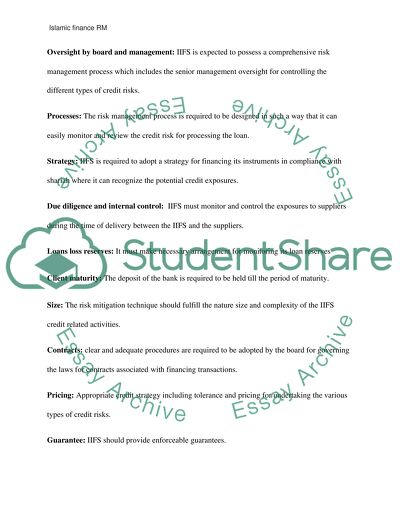Cite this document
(“Islamic finance RM Coursework Example | Topics and Well Written Essays - 1750 words”, n.d.)
Islamic finance RM Coursework Example | Topics and Well Written Essays - 1750 words. Retrieved from https://studentshare.org/finance-accounting/1698898-islamic-finance-rm
Islamic finance RM Coursework Example | Topics and Well Written Essays - 1750 words. Retrieved from https://studentshare.org/finance-accounting/1698898-islamic-finance-rm
(Islamic Finance RM Coursework Example | Topics and Well Written Essays - 1750 Words)
Islamic Finance RM Coursework Example | Topics and Well Written Essays - 1750 Words. https://studentshare.org/finance-accounting/1698898-islamic-finance-rm.
Islamic Finance RM Coursework Example | Topics and Well Written Essays - 1750 Words. https://studentshare.org/finance-accounting/1698898-islamic-finance-rm.
“Islamic Finance RM Coursework Example | Topics and Well Written Essays - 1750 Words”, n.d. https://studentshare.org/finance-accounting/1698898-islamic-finance-rm.


